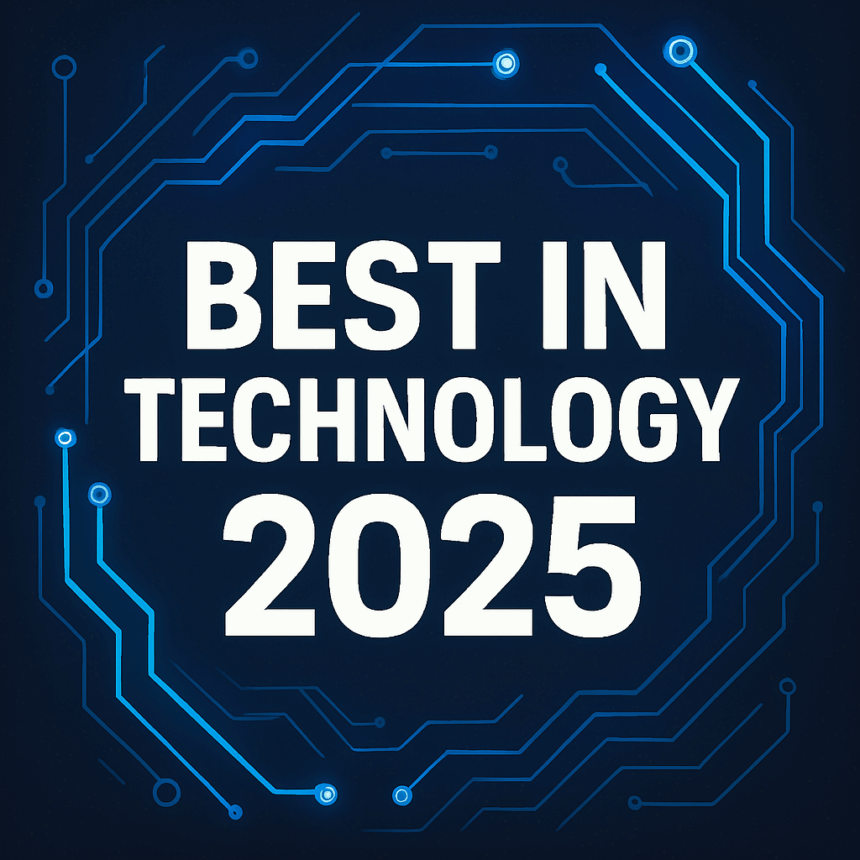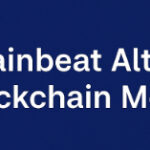In this article, I share opinions concerning Best in Technology, listing the most impactful innovations expected in 2025.
The Transformative Advances Of Generative AI, Blockchain, and Spatial Computing are changing and improving many industries while also shaping the future.
With each technology comes certain inherent advantages and disadvantages. However, the examinations of the most crucial innovations of the future are of utmost significance.
Key Point & Best in Technology
| Technology | Key Point |
|---|---|
| Generative AI | Enables machines to create original content (text, images, code) using learned patterns. |
| Structural Battery Composites | Materials that store energy and provide structural strength, reducing EV weight. |
| Agentic AI | Autonomous AI systems capable of self-directed decision-making and goal execution. |
| Advanced Nuclear Technologies | Safer, smaller, and more efficient nuclear reactors offering clean, scalable energy. |
| Cybersecurity | Protects digital systems and data against evolving cyber threats using AI and encryption. |
| Green Nitrogen Fixation | Eco-friendly method to convert atmospheric nitrogen into ammonia for sustainable farming. |
| Autonomous Biochemical Sensing | Self-powered, real-time biological detection systems for healthcare and environment. |
| Blockchain & Web3 | Decentralized internet architecture enabling trustless apps and ownership of data. |
| Spatial Computing | Integrates digital and physical spaces via AR/VR, IoT, and AI for immersive experiences. |
| Engineered Living Therapeutics | Genetically modified microbes used as targeted treatments for diseases. |
1. Generative AI
Generative AI is transforming the digital landscape by allowing computers to generate human-like text, images, videos, and even computer code. AI systems such as GPT-4o and DALL·E are powered by deep learning and transformer models, and trained on vast datasets, enabling them to create content at the level of human artists.
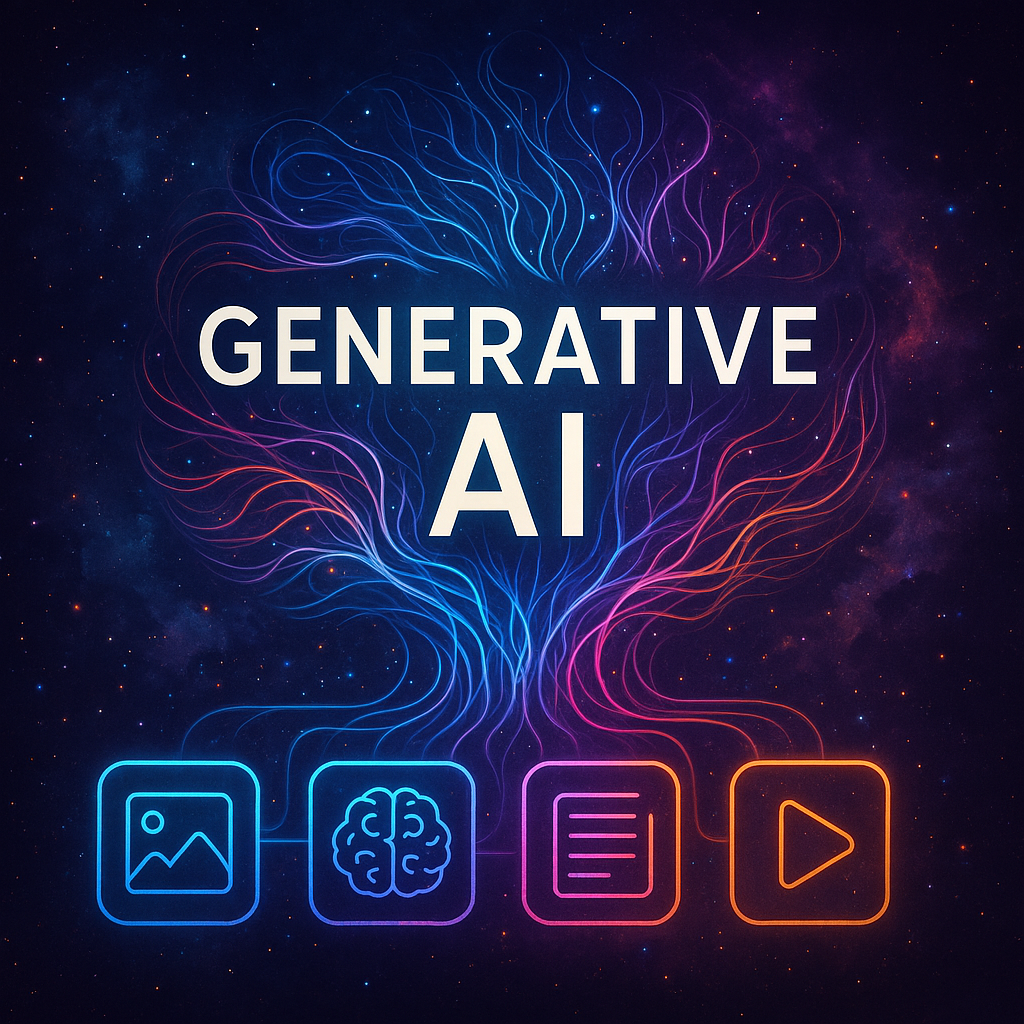
Best in Technology, generative AI is crucial in areas such as content and product creation, customer service, and even in the complex fields of medical drug development. Innovations in multimodal integration and real-time learning are further fueling the AI revolution in education, entertainment, and business.
Generative AI
Pros
- Automatically creates text, images and codes.
- Increase efficiency in research, design and media.
- Greater scale of innovation and personalized service.
Cons
- Creation of fake information and deepfakes.
- Prejudice in artificial intelligence based on existing data.
- Concerns are raised on intellectual property and ethics.
2. Structural Battery Composites
As one of the new materials underdevelopment, structural battery composites (SBC) integrate energy storage and mechanical strength into a multifunctional material for use in electric vehicles (EVs) and the aerospace industry.
These composites perform the function of a battery by storing energy in a vehicle’s battery which increases efficiency and reduces weight while also performing the function of a vehicle’s chassis or frame.
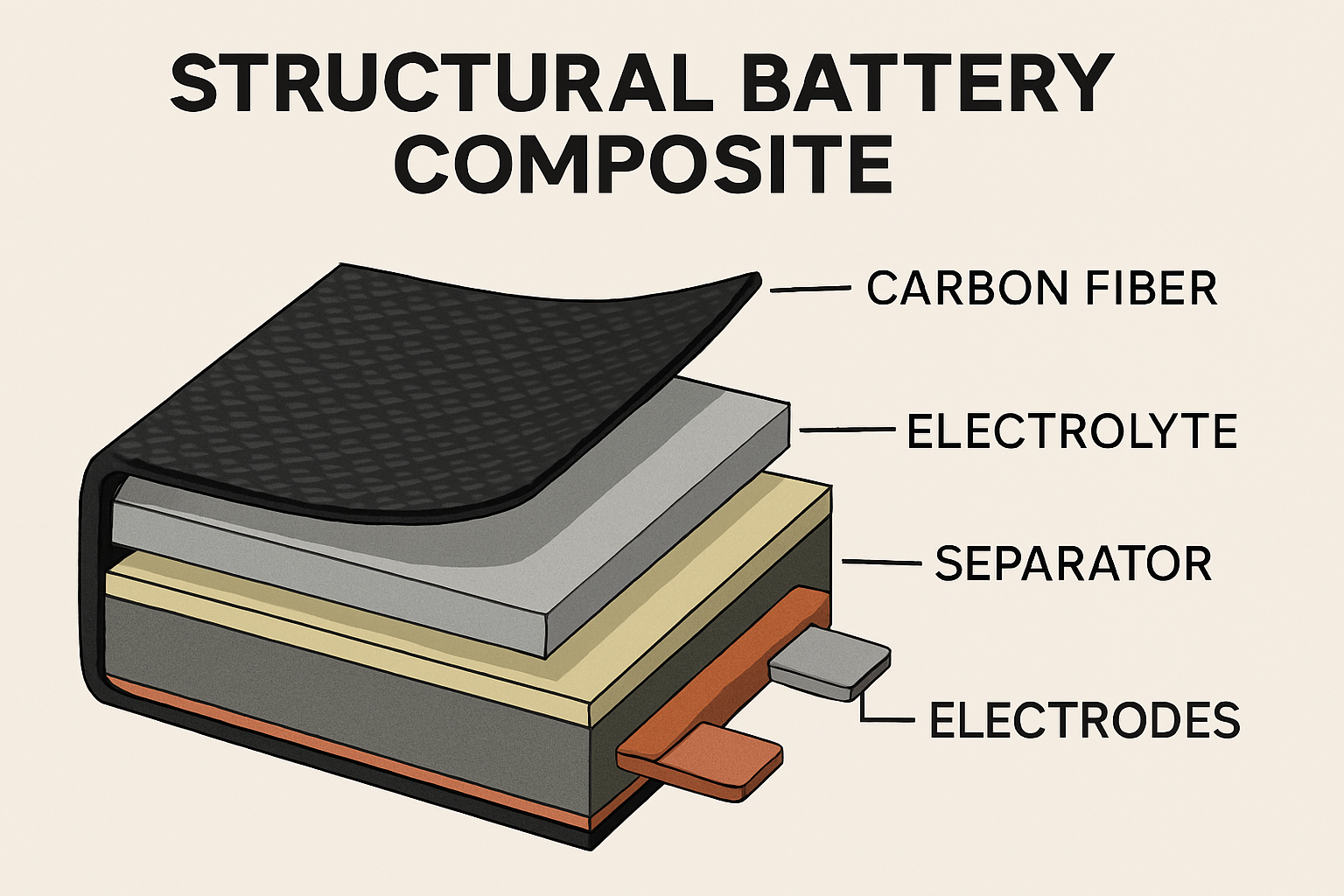
Best in Technology structural battery composites are incredibly important for next-gen EVs as they are able to improve the safety of the vehicle as well as extend the range.
Aided by the Swedish and US researchers working with carbon fiber and solid-state electrolytes to improve durability and energy density, structural battery composites are quickly moving towards commercialization.
When structural battery composites are fully developed and commercialized, they have the potential to revolutionize lightweight energy-efficient transport systems.
Structural Battery Composites
Pros
- Reduces weight in electric vehicles and aircraft.
- Increases energy efficiency and structural integrity.
- Provides both storage and structural support.
Cons
- Manufacturing is complicated and costly.
- Less energy storage than traditional batteries.
- Commercialization is still in the early stages.
3. Agentic AI
Agentic AI describes the more advanced level of AI that can act as fully autonomous agents that can set objectives, make decisions, and act without human intervention. Unlike static models, these systems interact with environments, learn from feedback, and adapt over time.

Best in Technology award of the year, agentic AI is making advances in the fields of robotics, software agents, and digital assistants. For example, Cognition Labs AutoGPT and Devin demonstrate advanced AI’s ability to manage complex workflows, perform reasoning simulations, and execute multi-step tasks.
From logistics to personalized healthcare, these capabilities are being utilized across industries. With greater autonomy, these agents also raise concerns about safety, alignment, and transparency.
Agentic AI
Pros
- Can perform complicated and highly autonomous tasks.
- Dynamic systems like logistics benefit from greater efficiency.
- Minimal supervision is required to learn and adapt.
Cons
- Difficult to control or ensure adherence to human ethics.
- Significant risk of causing unexpected problems.
- Uncertain legal and moral accountability.
4. Advanced Nuclear Technologies
Advanced nuclear technologies include small modular reactors (SMRs), molten salt reactors, and even fusion reactors. They have better safety features, less waste, and are more efficient than traditional plants.

Best in Technology focuses on decarbonizing power generation and achieving energy sustainability. Harnessing deep pockets, Bill Gates funded TerraPower along with Nuscale Power who are SMR frontrunners.
Fusion startups such as Helion and TAE Technologies are targeting energy gain by 2030. All boast these reactors as reliable and scalable with no-emission energy generation while needing minimal land, suitable for both off-grid and developed regions.
Advanced Nuclear Technologies
Pros
- Provides low-carbon, stable energy.
- Safer and more compact than traditional reactors.
- Can run on recycled nuclear fuel.
Cons
- Expensive to build and regulate.
- Long development and approval timelines.
- Public worry about the safety and disposal of nuclear materials.
5. Cybersecurity
Cybersecurity focuses on defending and protecting critical infrastructure, services, and data as the threats continue to become more sophisticated. New technologies such as AI-powered threat detection, zero-trust frameworks, and even quantum-resistant encryption are bolstering digitals’s resilience.

Best in Technology integrates cybersecurity with proactive and real time defending systems with prediction and neutralizing attacks on adaptive the infrastructure. Untethering work, Internet of Things, and 5G infrastructure expand places of vulnerability.
CrowdStrike and Palo Alto Networks are at the forefront using AI for monitoring and automated incident response. Businesses and states are also defending digitally transforming the country while protecting national borders.
Cybersecurity
Pros
- Safeguards important information and structures.
- Identifying and counteracting dangers on the spot.
- Establishes confidence in digital systems.
Cons
- Outdated solutions will be always challenged by new dangers.
- May involve a lot of expenditure and use of resources.
- May be privacy violating and used for wrong purposes.
6. Green Nitrogen Fixation
Rather than relying on the Haber-Bosch process for ammonia synthesis, which requires copious amounts of energy, green nitrogen fixation attempts to use alternate ways to produce ammonia needed for fertilizers. Using electrochemical, enzymatic, or photocatalytic techniques are much greener as they reduce carbon emissions significantly.
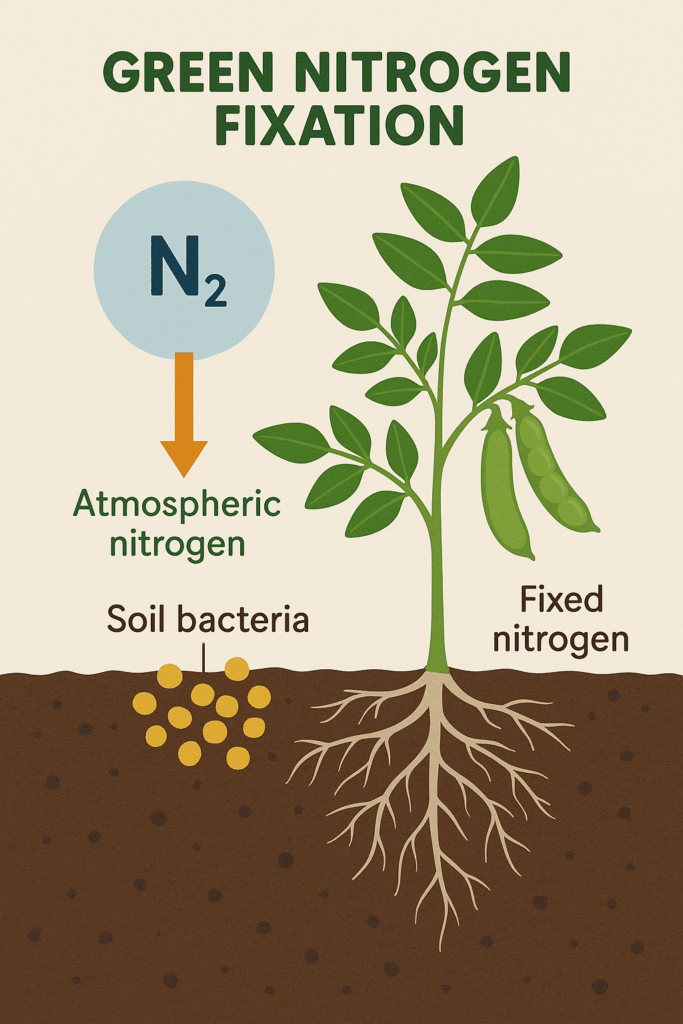
Best in Technology claims that green nitrogen fixation is pivotal in the decarbonization of agriculture, which uses around 1 to 2 percent of the global energy. Startups and research centers are developing renewable-driven, scalable, and decentralized solutions.
Solar reactors and engineered microbes are now accessible. As climate-smart agriculture is on the rise, this technology strives to enhance crop production without any detrimental impacts to the environment.
Green Nitrogen Fixation
Pros
- Better for the environment compared to ammonia production from fossil fuel.
- Decreases the carbon footprint in farming.
- Allows the production of fertilizers in a more self-sufficient and sustainable way.
Cons
- Adoption and effectiveness fall short of competing methods.
- High R&D expenditure of unpredictable market viability.
- Needs to use clean energy to maintain environmental benefit.
7. Autonomous Biochemical Sensing
Self-operating and autonomous systems that monitor for biological and chemical changes within the human body or in the environment are referred to as autonomous biochemical sensing.
AI coupled with nanotechnology makes these systems indispensable for environmental and industrial safety, early disease diagnosis, and pollutant detection. Best in Technology describes as unmanned precision diagnostics systems.
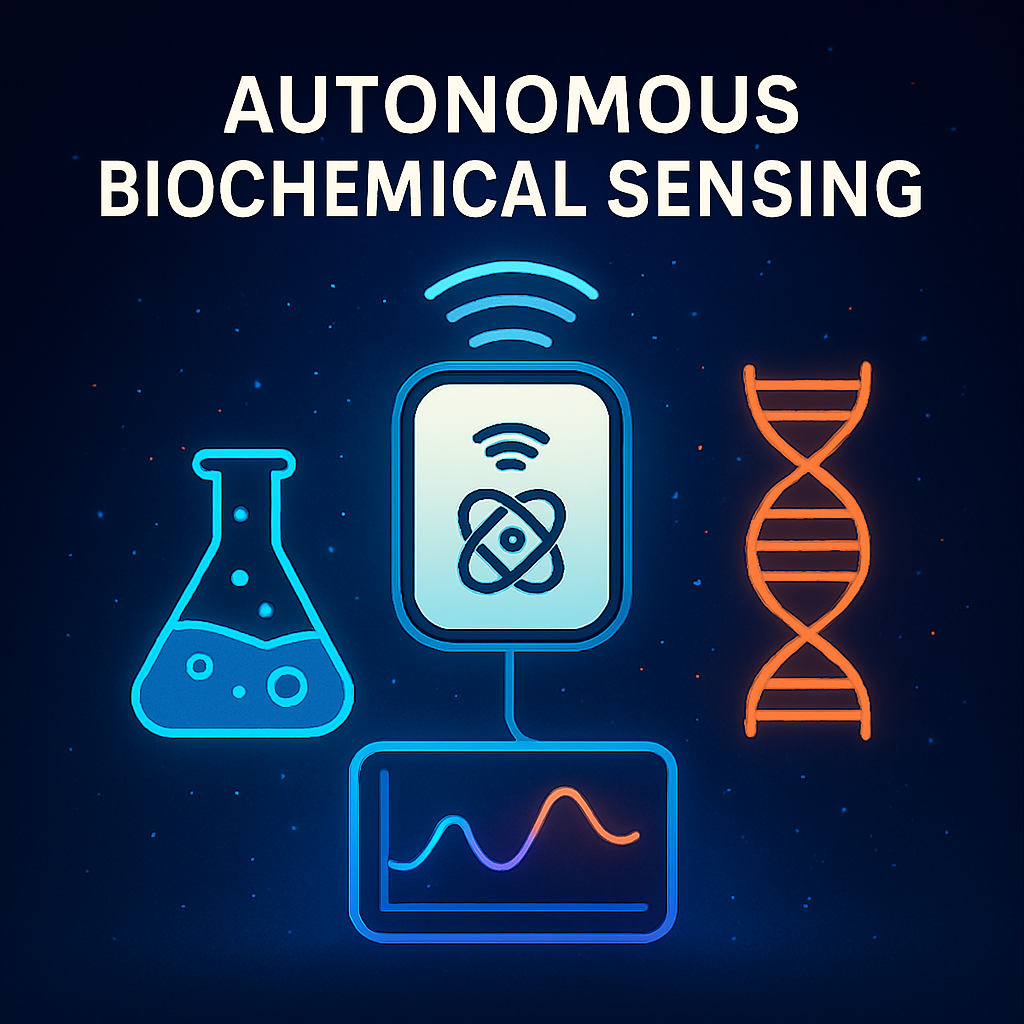
Smart wearables, ingestible sensors, and lab-on-a-chip devices aid in non-stop monitoring in a continuous and non-invasive way. As an illustration, biosensors are able to monitor glucose, pathogens, or toxins and can alert systems or users in a matter of seconds.
This combination of autonomous and biochemical intelligence is impacting the domains of preventive healthcare, food safety as well as environmental protection.
Autonomous Biochemical Sensing
Pros
- Allows for the instantaneous tracking of one’s health and environment.
- Lowers the workload of tests and laboratories.
- Precise early detection of diseases.
Cons
- Measuring health parameters in complicated settings could give unreliable information.
- Always watching someone’s health can be a privacy issue.
- Challenging to maintain the energy source for the sensors and upkeep.
8. Blockchain and Web 3.0
Blockchain technology and Web3 mark a shift towards a more decentralized version of the internet. Decentralized systems hand over control and power to users via smart contracts, tokenized assets, and peer-to-peer systems.

Best in Technology awards. Leading projects like Ethereum, Polkadot, and Solana are working towards creating the foundations for decentralized finance (DeFi), NFTs, and decentralized identity (DID). Solving the scalability problems are Layer 2 solutions and cross-chain interoperability.
Enterprises and governments are adopting blockchain technology for intellectual property, supply chains, and even voting systems. Web 3.0 is changing the concept of trust, sovereign data, and monetization in the 21st century.
Blockchain & Web3
Pros
- Lessens control thus increases safety and oversight.
- Encouraging new business models in finance, identity and ownership of information/data.
- Allows applications that cannot be shut down.
Cons
- Proof-of-Work and thus energy use.
- Complicated and disjointed digital experience for users.
- Lack of clarity surrounding regulations and fraud within the industry.
9. Spatial computing
Spatial computing combines the physical world with the digital one through the use of augmented reality (AR), virtual reality (VR), artificial intelligence (AI), and the Internet of Things (IoT).
This concept creates immersive and interactive environments. Examples include Apple’s Vision Pro and Microsoft’s HoloLens as well as industrial digital twins. With spatial computing, real time 3D interaction is possible in gaming, education, teaching, the healthcare industry, and even in manufacturing.
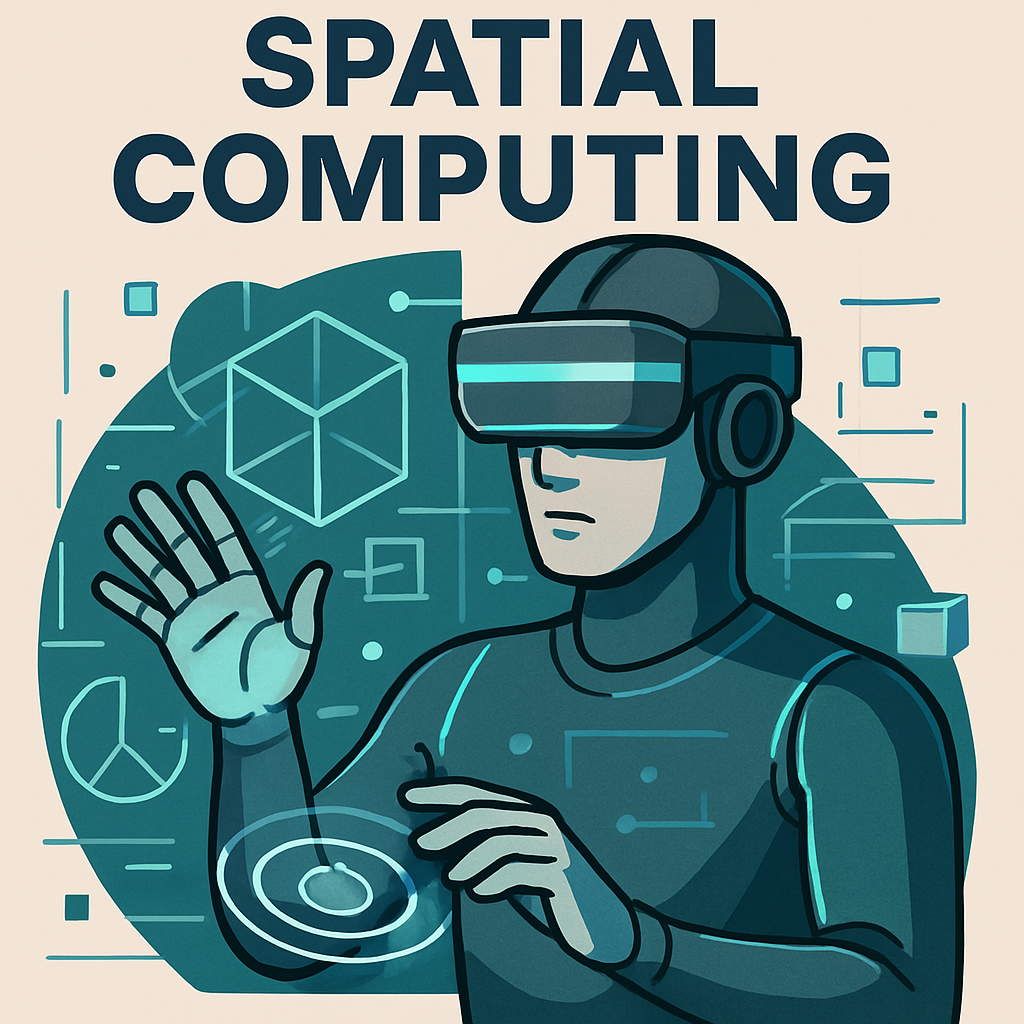
It changes the ways in which users interact with technology (through navigation), learn, collaborate, and even teaches by projecting data over the real world.
With the advancement of hardware and AI, spatial computing is now mainstream, evolving niche markets to new and innovative ways to change human interaction with computers and technology.
Spatial Computing
Pros
- Augments interaction and immersion within virtual worlds.
- Applicable for teaching, training, design, medicine, etc.
- Integrates the physical and virtual effortlessly.
Cons
- Expensive consumer electronics (AR/VR headsets).
- Privacy concerns regarding constant data collection.
- Sparse tangible applications outside specialized fields.
10. Engineered Living Therapeutics
Engineered living therapeutics employ the use of genetically engineered microbes as internal healing agents, almost serving as biologically precision-targeted drugs. These microbes have the capability of sensing, responding, and modulating to biochemical disease signals within the body.
They are the best in technology, illustrating an evolution towards living medicines that are metabolism dynamic and personalized. Companies like Synlogic and Vedanta Biosciences are working on microbial therapeutics for metabolic disorders, cancer, and certain gastrointestinal diseases.
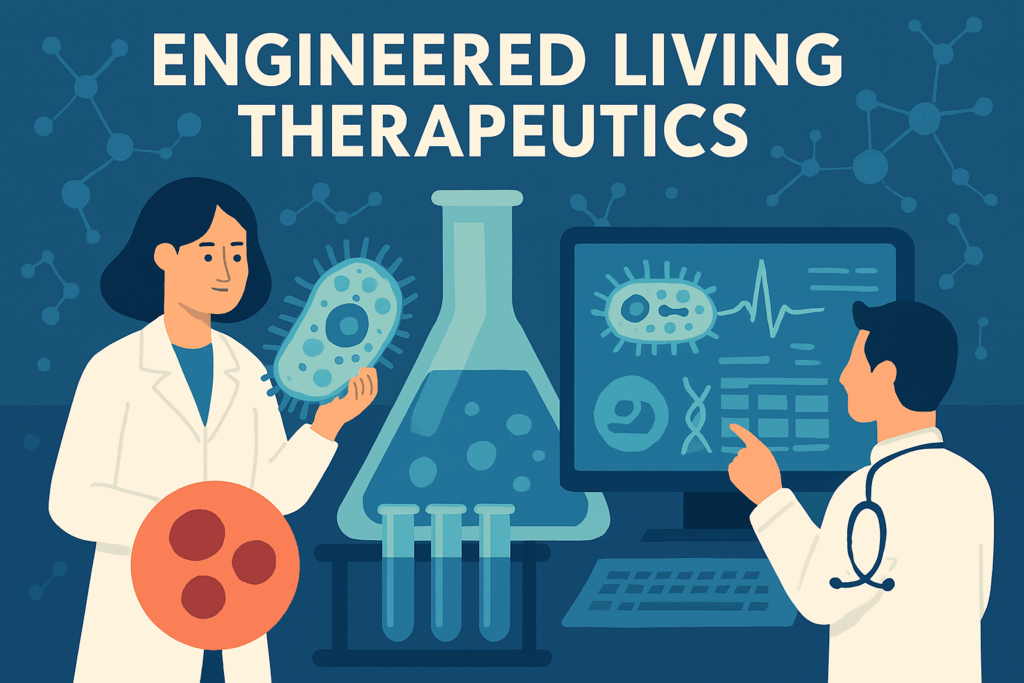
This discipline combines synthetic biology and genomics with clinical therapeutics to produce innovative biomedicines with reduced side effects and better effectiveness.
The engineered living therapeutics borders on the synthetic biology and clinical therapeutics of genomics and biomedicines, sparking a stronger and safer personalized medicine revolution.
Engineered Living Therapeutics
Pros
- Enables tailored and adjustable responses to interfere with a disease.
- Enables potential cures for chronic and genetic diseases.
- Reduced adverse effects when compared to synthetic drugs.
Cons
- Complicated regulatory frameworks and safety assessments.
- Extended innovation and clinical testing timelines.
- Public skepticism surrounding the use of alive modified organisms.
Conclusion
In 2025, areas of our life that can be changed with innovation and creativity AI and energy Generative AI and Advanced Nuclear Technologies are both important breakthroughs that we can utilize, but they also come with certain challenges.
There are new fields with even more challenges like Agentic AI, Spatial Computing, and Engineered Living Technologies that are advancing autonomic thinking, immersion, and treatment.
At the same time, the future will be Cybersecurity, Blockchain & Web3, and Structural Battery Composites that focus more on security, system and decentralization.
Solutions like Autonomous Biochemical Sensing and Green Nitrogen Fixation are aimed more toward the future and innovation with groundwork on environmental and health technologies powered with sustainability. All of the above mentioned are the best in technology that will advance humanity.


